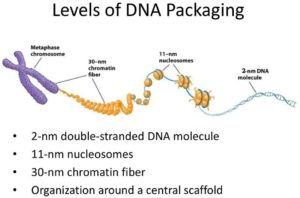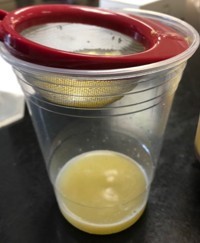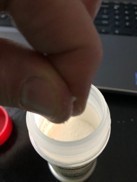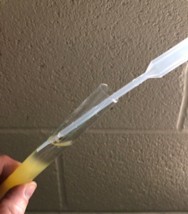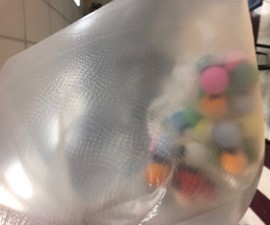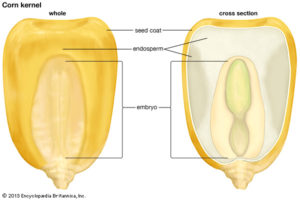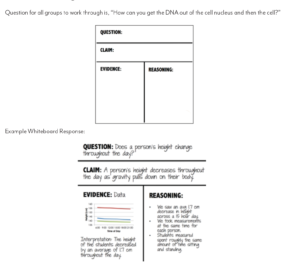Biotechnology
DNA, What's it look like?
Grade Level: High School
It is important for students to understand what DNA is and how all cells utilize it. One major difference in this DNA lab is that we attempt to extract DNA from corn while we build a physical and mental model of the structure of DNA. After extracting DNA and building a model, the students then attempt to utilize their newly acquired knowledge of the structure of DNA to optimize the extraction of DNA from corn.
This lab has three parts: 1) DNA extraction from canned corn, 2) DNA modeling activity to be done while waiting for part 1 results, and C) student experimenting with DNA extraction procedure to obtain more DNA.
About Kansas Corn STEM
Investing in Kansas teachers and students is a priority for the Kansas Corn Commission. We are committed to providing materials and training to support STEM education while fostering an understanding of how corn farming and agriculture fit into our daily lives. Professional development workshops are offered to teachers seeking to expand their knowledge and inquiry-based teaching skills. Workshop participants receive free lab supplies needed for the lessons.
Workshop InfoThis lesson is the work product of the Kansas Corn Commission. Our lessons are written in collaboration with Kansas teachers for use in the classroom. Teachers may copy and share this curriculum. Use of this product for commercial or promotional use is prohibited without express permission of Kansas Corn.
Newsletter Sign Up
Each quarter we release a newsletter written by teachers for teachers. This is an easy way to keep up with what is happening at Kansas Corn STEM.
Subscribe Today!

